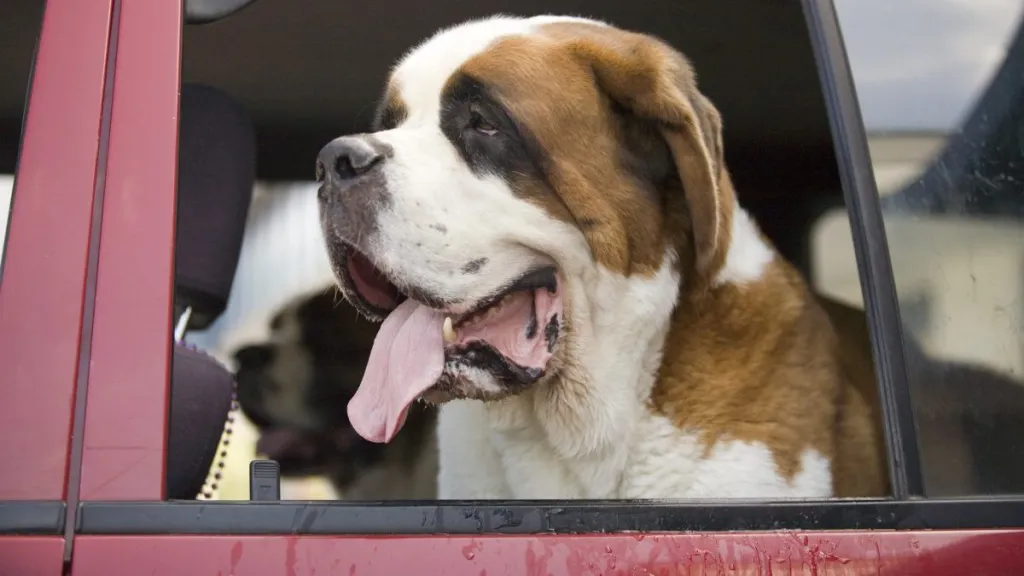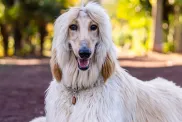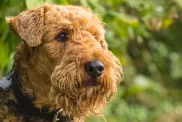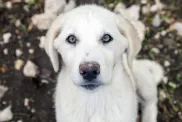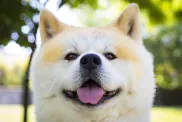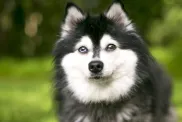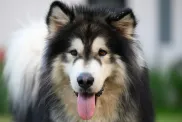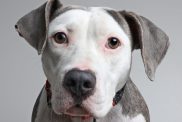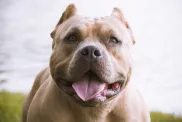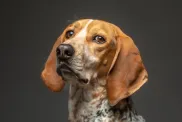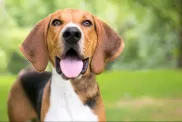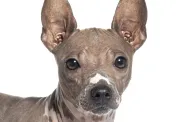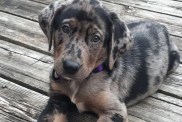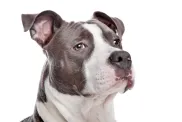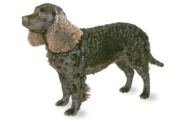Often referred to as “heavy droolers,” some slobbery dog breeds are known for their drooling potential. This trait is more prevalent in certain breeds with loose, jowly skin. A few breeds that may come to mind when thinking about dog drool are Saint Bernards, Bloodhounds, and Mastiffs. Drooling is a natural behavior influenced by factors like genetics, breed characteristics, and individual anatomy. Even among breeds with a higher drooling potential, some dogs may drool very little while others may drool a lot.
While some dogs may only drool more during specific activities like eating or in anticipation of food, others may be consistent heavy droolers due to their inherent physiological makeup. Living with a dog that drools requires a degree of acceptance and proactive management. Pet owners of drooling breeds often keep absorbent towels or bandanas on hand to wipe away excess saliva. This may be particularly necessary after meals or playtime. Regular dental care can also contribute to reduce excessive drooling by addressing potential oral health issues. Despite the occasional mess, many pet owners of drooling dogs appreciate their unique charm.
Drool-prone dogs may drape ropes of slobber on your arm and leave big, wet spots on your clothes when they come over to say hello. If you’ve got a laid-back attitude toward slobber, fine; but if you’re not a fan of the extra slime, you may want to choose a dog who rates low in the drool department.
Dealing with drooling
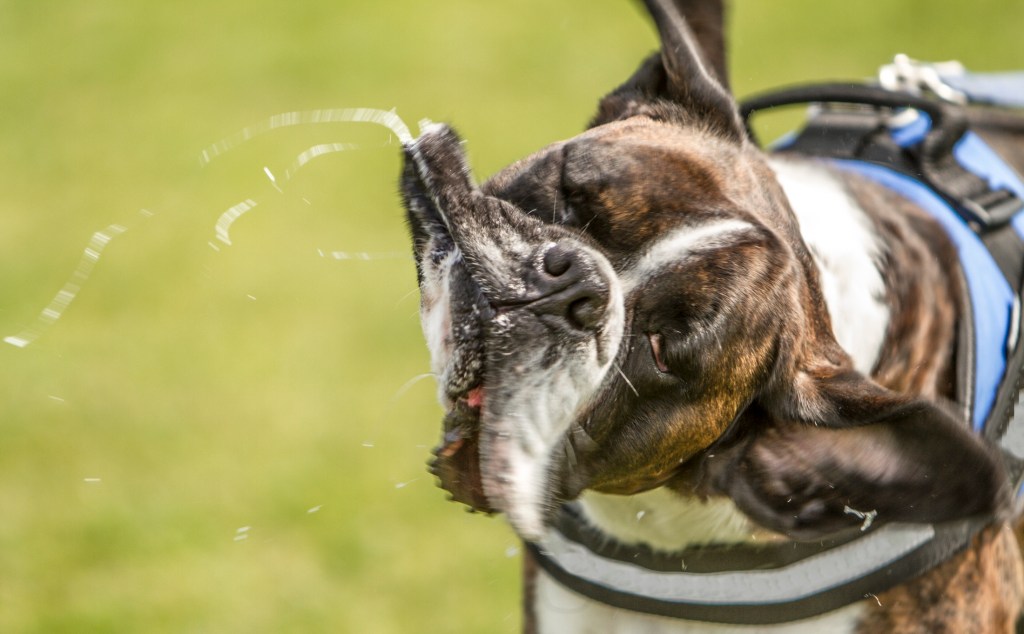
Owners with slobbery dog breeds should establish a baseline for their dog’s normal drooling levels. There may be instances where excessive drooling indicates an underlying issue rather than typical breed behavior. Excessive drooling in dogs can serve as an indicator of potential underlying issues. Various factors, such as stress, high temperatures, dental problems, allergic reactions, or nausea, may contribute to increased drooling. If your dog usually isn’t very slobbery or if additional concerning symptoms accompany sudden and pronounced drooling, it is advisable to consult with a veterinarian. Keeping track of what is typical for your dog allows you to quickly identify deviations from the norm and address potential health concerns or discomfort.
